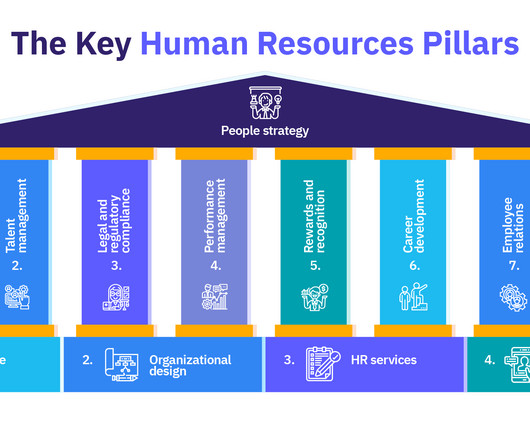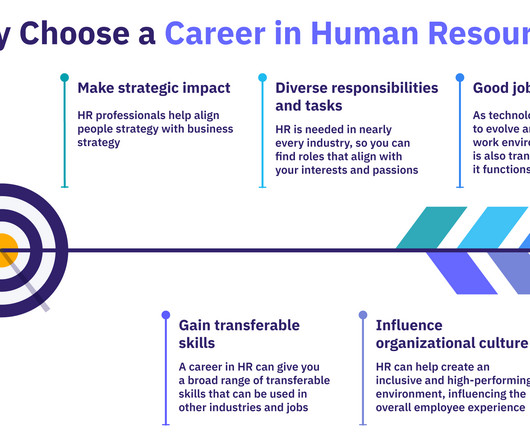11 Important Employee Relations Metrics To Track
AIHR
JULY 22, 2024
Employee relations metrics measure employee engagement, satisfaction, and retention, as well as overall workplace culture. According to an HR Acuity report , tracking employee relations metrics has multiple business benefits. What are employee relations metrics? Contents What is employee relations?























































Let's personalize your content